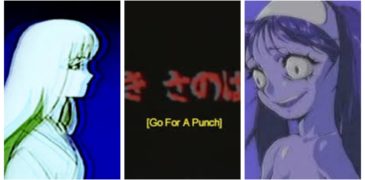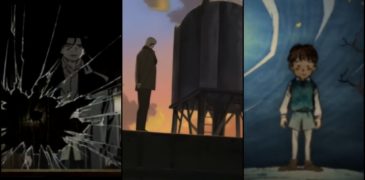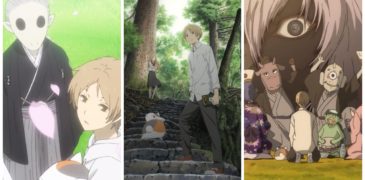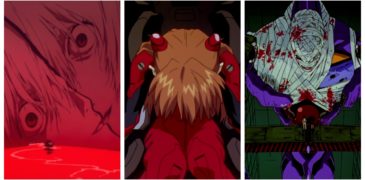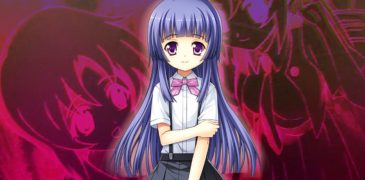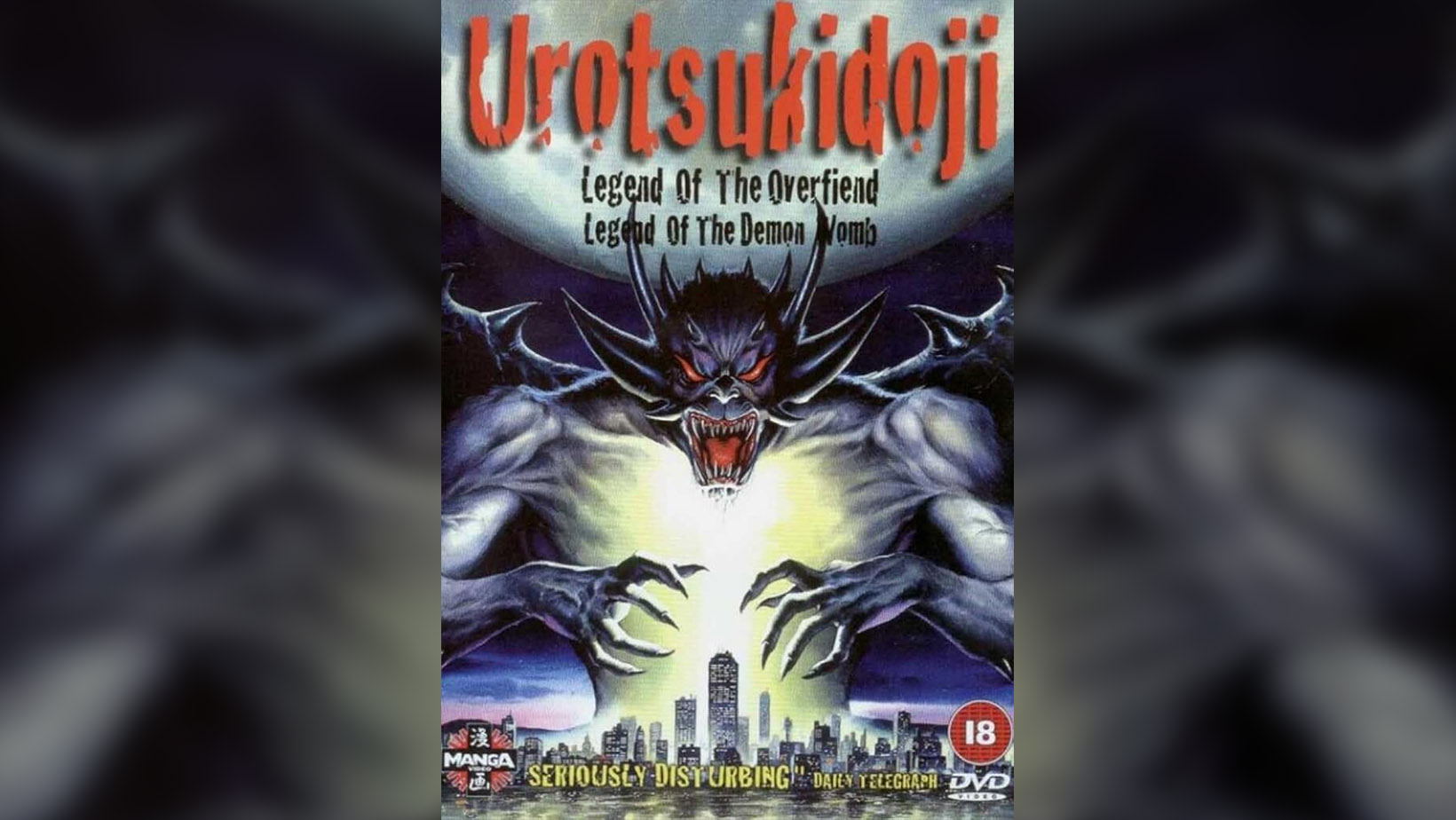
Urotsukidoji: Legend of the overfiend is a 1989 Japanese, adult-oriented horror anime film, written by Shô Aikawa and directed by Hideki Takayama. Takayama is well-known as the director of a multitude of anime series, movies, and video games, such as Captain Future (1978-1979), Angel (1990), and Cobra Command (1984) to name but a few.
Legend has it that the human race is not the only dominant civilization living on Earth. Two other races exist in this world: the Makai (a demon race) and the Jujinkai (a half-man, half-beast race). Once every 3,000 years, a supreme being known as the “Choujin” (Overfiend) will emerge and bring balance to all three realms on Earth. In present-day Japan, after 300 years of endless searching, a Jujinkai named Amano Jyaku has discovered the presence of the Choujin inside high school slacker Tatsuo Nagumo. But now, Amano, along with his sister Megumi and their sidekick Kuroko, must protect Nagumo and his new girlfriend Akemi Ito from the Makai, who believe that Nagumo is not the Choujin, but an evil entity bent on destroying all living beings on Earth.
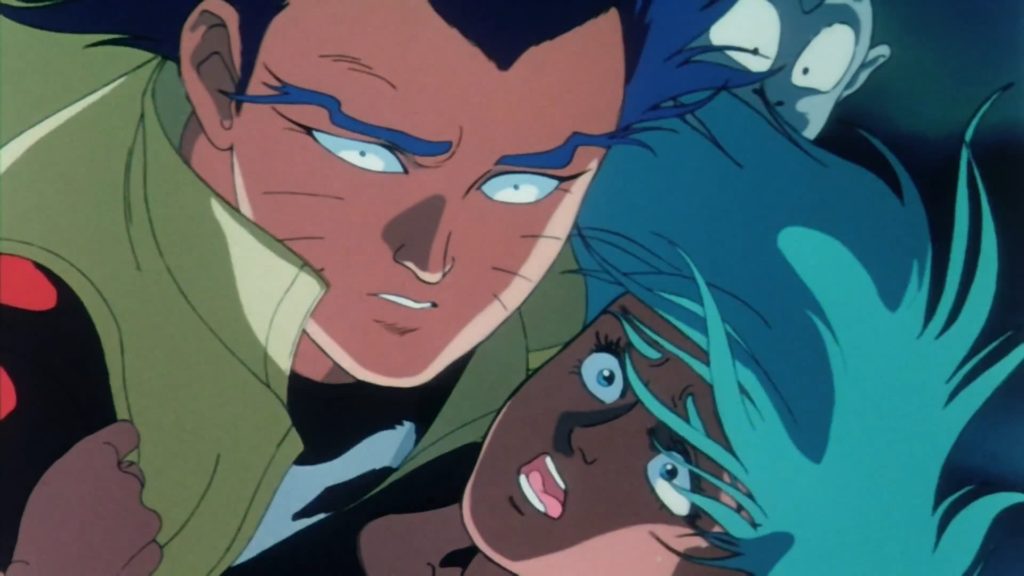
History
Based on Urotsukidoji, a Japanese, adult-orientated horror manga series, the work was written and illustrated by Toshio Maeda. Beginning its serialisation in special editions of Manga Erotopia from 1985 to 1986, the manga was later released as six tankōbon volumes from 1986 to 1987. the work received an adaptation to an anime OVA series, directed by Hideki Takayama, in 1987.
The adapted series comprises of four main OVA chapters, one unfinished OVA, and a reboot of the first OVA chapter, with each one made up of several episodes. Beginning with the first chapter Legend of the Demon God Urotsukidōji (1987–1989) – is made up of 3 “episodes”, Birth of the Overfiend, Curse of the Overfiend, and Final Inferno. The second chapter The True Legend of the Demon God Urotsukidōji: Connections with the Devil (1990–1991), comprised of two “Episodes” A Prayer for the Resurrection of the Lord of Chaos, and Battle at Shinjuku Skyscrapers. The Third Chapter, Legend of the Demon God Urotsukidōji: The Future, is made up of four episodes, Birth of the True Overfiend, The Mystery of Caesar’s Palace, The Collapse of Caesar’s Palace, and Journey to an Unknown World.
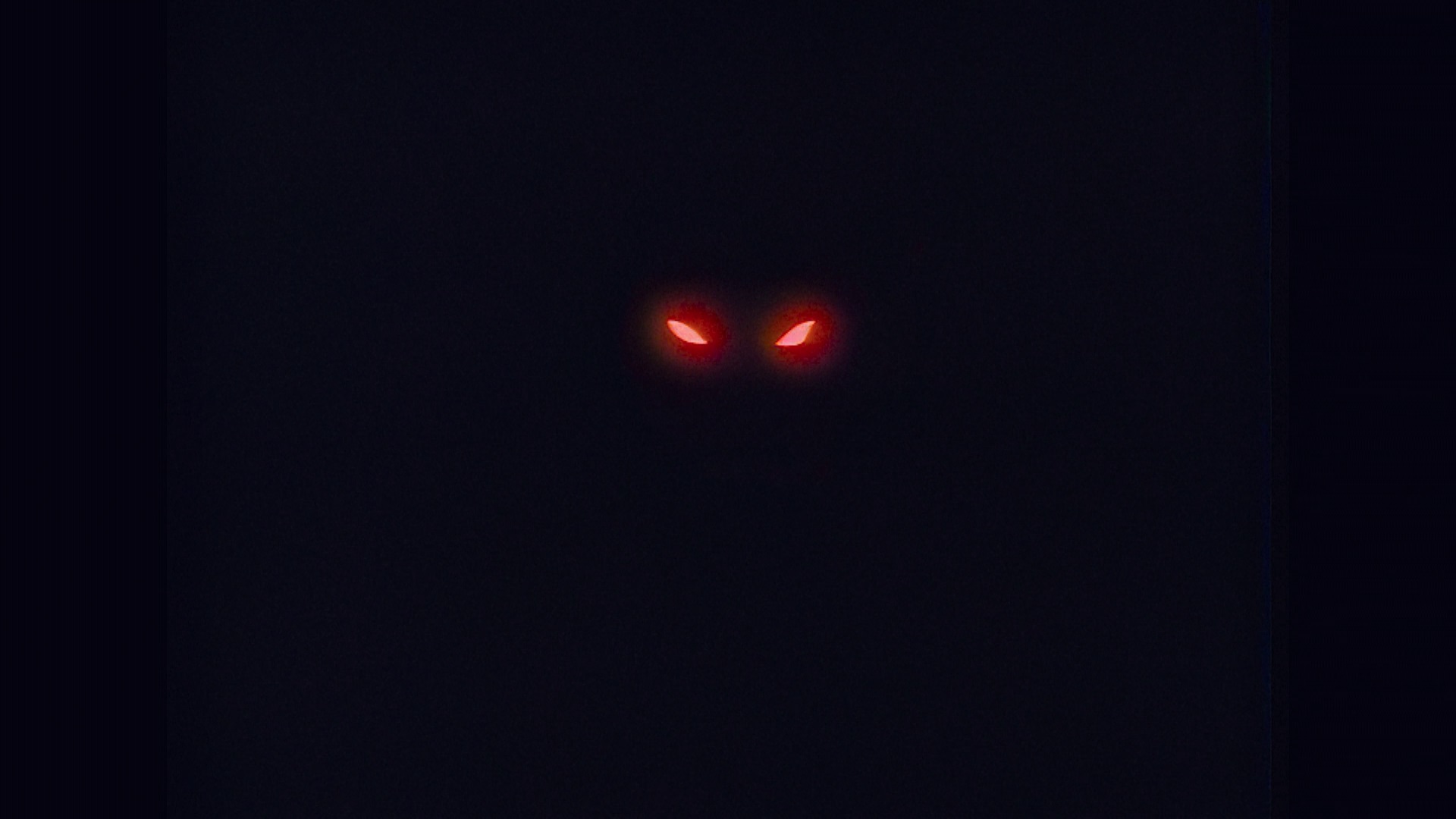
The fourth chapter, Legend of the Demon God Urotsukidōji: The Wandering (1993-1995), comprising of three episodes, The Secret Garden, The Long Road to God, and The End of the Journey. The fifth chapter, Legend of the Demon God Urotsukidōji: The Final Act (1996) is only comprised of a single, unfinished episode, The Final. The last addition to the anime adaptation was simply known as The Urotsuki (2002), comprising of three episodes, The Urotsuki: Part I, The Urotsuki: Part II, and The Urotsuki: Part III. This chapter was a retelling of the original, Birth of the Overfiend chapter, aiming to reboot the series, though never continued with the idea.
Over the years, the OVA’s were edited from separate episodic chapters into feature-length theatrical releases. These versions received releases worldwide being renamed as Urotsukidōji: Legend of the Overfiend, Urotsukidōji II: Legend of the Demon Womb, Urotsukidōji: Return of the Overfiend, Urotsukidōji: Inferno Road, Urotsukidōji: The Final Chapter, and Urotsukidōji: New Saga, respectively.
Review
A Brutally savage depiction of a supernatural apocalypse, Urotsukidoji: Legend of the Overfiend has certainly earned its reputation as one of the most extreme pieces of anime in existence. Whilst beginning with a generally benign, slice-of-life style introduction to our cast of characters, this is soon shattered by the first of many scenes the anime became notorious for—its graphic depiction of shokushu goukan. Being one of the formative works of the genre as well as one of the first films to expose this adult genre outside of Japan (along with La Blue Girl and Angel of Darkness), the anime certainly doesn’t shy away from this aspect in any regard. Its vivid imagery, whilst edited down from the original OVA release, is still incredibly shocking in both its savagery and uninhibited depiction.
Additionally, the graphic violence featured in Urotsukidoji: Legend of the Overfiend has an undeniable nihilistic overtone throughout, used to masterfully juxtapose the anime’s use of sex. Although this barbarity is present during the erotic elements, the implementation outside of these scenes undoubtedly paints an unbridled picture of human suffering as people are torn asunder at the hands of these demonic entities as the world comes to an abrupt yet destructive end. The depiction of this impending doom is impeccably grandiose in its design, effortlessly portraying this scenario of fire and brimstone with a conscientious level of detail.

All of these elements, whilst disturbing, paint a timeless tale of the duality of human nature, the perversion of desire, and the dangers of unrestricted power—delving into the complexities of violence, sexuality, and existentialism. (maybe include the next paragraph in this?)
Yet, it’s the timeless art style of Urotsukidoji: Legend of the Overfiend that emits its lasting impact. Being composed entirely of hand-drawn animation, each scene possesses an impeccable level of detail—from benign, everyday scenes to the mass evisceration of innocence. The character designs of the demon and beast races are abhorrently vile, certainly reflecting their monstrous nature, though still portraying a reflection of humanity’s own animalistic traits. Additionally, scenes are animated with a beautifully fluid momentum to them, undoubtedly more noticeable during the anime’s action-orientated scenes. However, the use of several animation tropes is implemented to save both time and budget—such as erratic panning over a still image rather than full animation. While this is noticeably jarring at points, it’s an effective means of extended efforts into, arguably, more important, plot-related scenes.
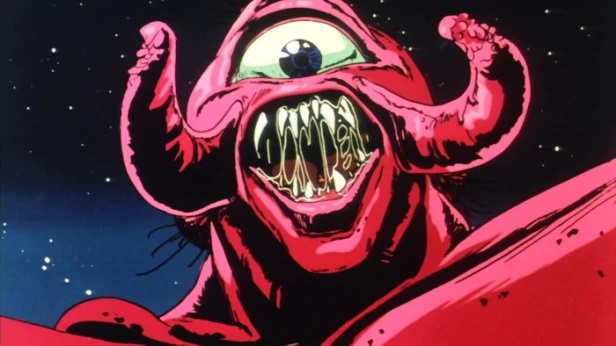
A groundbreaking anime that pushes the boundaries of the medium in terms of both content and style, Urotsukidoji: Legend of the Overfiend is a dark and surreal journey into the depths of human depravity and the supernatural—filled to the brim with striking imagery, complex themes, and an atmosphere of unrelenting dread. While not for the faint of heart, it stands as a testament to the power of animation to explore the darkest corners of the human psyche.
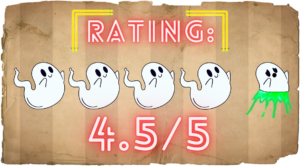
Urotsukidoji: Legend of the Overfiend (1989) is available to purchase on standard edition Blu-ray from Cinestrange’s website here. (Special edition media book Blu-rays have unfortunately sold out)
More Anime Reviews
In 2015, someone posted on 4chan asking a simple question: “What’s the most ***** up thing you have seen on the Deep Web?” Skipping all the explanations why this question… Monster is the magnum opus of mangaka Naoki Urasawa and a Cold War psychological thriller – it is a seinen manga also adapted into an anime following the whole story… Anime opening and ending songs are often the presentations for whatever show you want to watch for the first time. They try to convey the tone and themes that the… It is an undeniable fact that some horror fans also can be huge softies. We enjoy our healthy dose of gore, scares, and violence, but we are not dead inside…. I will be exploring the psychological horror of Neon Genesis Evangelion and the trauma that is aptly exhibited in the series. It is an impressive show that doesn’t minimise the… With the latest Higurashi series wrapped up as of just last week, it’s time for a spoiler-filled review for the fans that want to dissect the heart (and other organs)…Urban Mysteries: The Search for Saki Sanobashi AKA Go for a Punch
The Masterpiece of Monster: The Manga and Anime of Naoki Urasawa
Top 10 Deceitful Opening and Ending Songs for Unusually Dark and Disturbing Anime
Natsume’s Book of Friends (2008) Anime Review – A Wholesome Horror
The Trauma and Psychological Horror of Neon Genesis Evangelion
Higurashi no Naku Koro ni Gou (2021) Review: A Deep Dive into Time Loops of Discomfort

Hey there, I’m Jim and I’m located in London, UK. I am a Writer and Managing Director here at Grimoire of Horror. A lifelong love of horror and writing has led me down this rabbit hole, allowing me to meet many amazing people and experience some truly original artwork. I specialise in world cinema, manga/graphic novels, and video games but will sometime traverse into the unknown in search of adventure.

